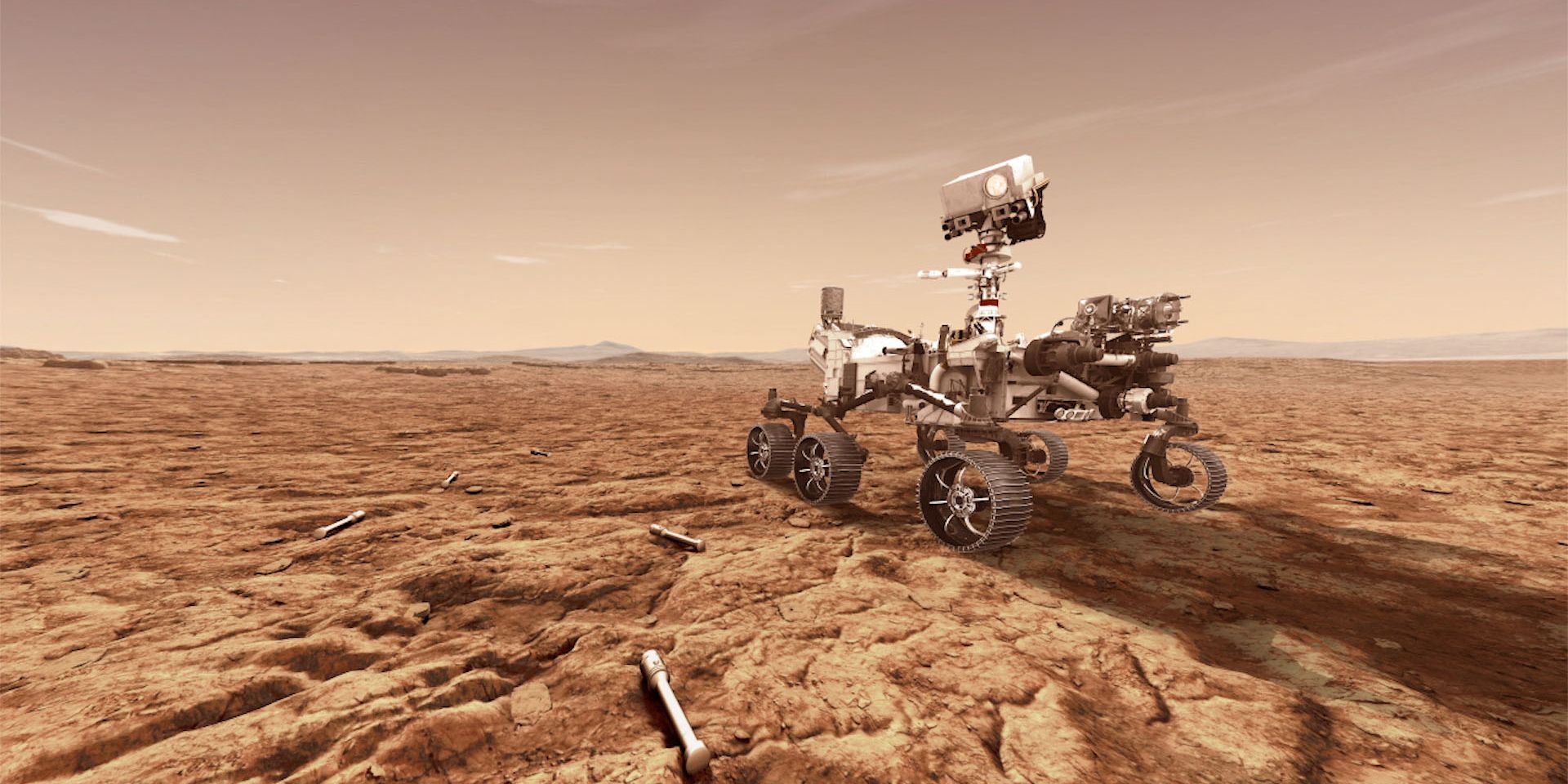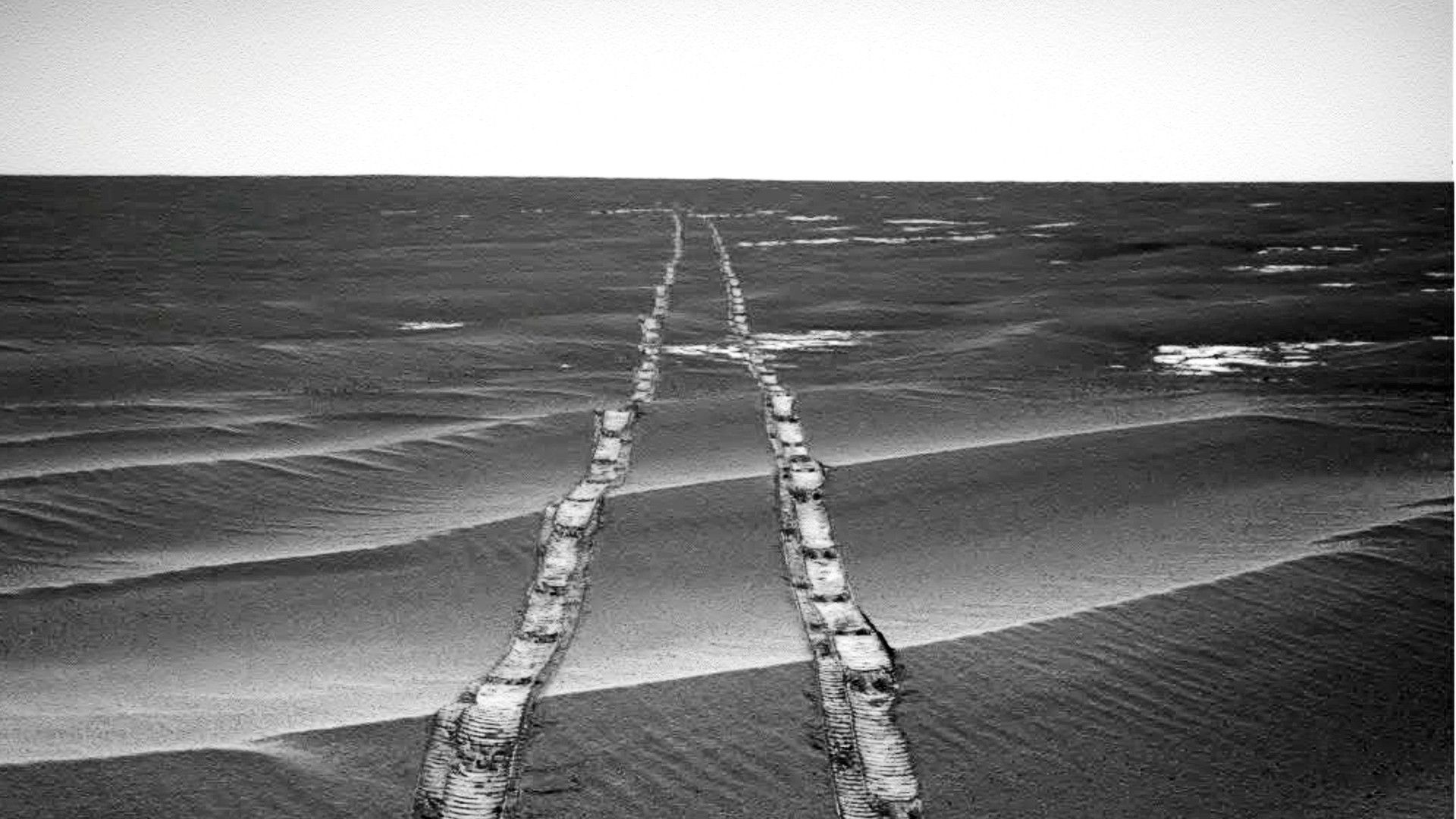Anyone who dreams about working for NASA but is too faint-hearted for rocket riding can now go online and help NASA train the Mars rovers. NASA has several rovers on Mars, including the legendary Curiosity, which landed on Mars in 2012 (and yes, it’s still rolling), Ingenuity (aka the Mars Helicopter), and Perseverance, which is the new guy in town.
In the year 2009, Spirit, another NASA rover got stuck in sandy terrain. Engineers worked eight long months hoping to get the rover out of the sand. Unfortunately, that final drive would be the end of the road for Spirit and its mission. Rovers Opportunity and Curiosity have also been stuck in the sand, but made it out. “Wouldnt it be great if rovers could identify sand from stable terrain by themselves?” NASA has asked for years.
AI4Mars was born as a response to that question. It presented a solution for the tricky terrain driving challenges the Red Planet presents, and NASA has called for everyone to help in the program. AI4Mars’ main goal is to provide rovers with a creative AI not only capable of knowing the difference between sandy terrain, consolidated soil, bedrock, or big rocks but also taking autonomous decisions to avoid dangerous areas, which is a life and death call for a rover exploring Mars.
An Army Of Image Labelers Driving Space Exploration
Anyone with a solid internet connection can help NASA in this program. The site works on a mobile phone as well but AI4 Mars recommends doing the work on a laptop or a desktop computer. Users have to go to the site, log in, get a short training on how to identify different terrains on images from Mars, and then it is all about helping NASA rovers. The simplicity of the program and its use is as impressive as the images of Mars users get to see first-hand.
The AI4Mars team assures that the work each user does on the site will be used in actual mission operations. “Every label you make will be used for training neural network models to identify driving hazards for rovers,” the AI4Mars team tells its volunteers. The approach AI4Mars uses is the same approach self-driving cars like Tesla use. Behind any self-driving vehicle, there is an army of image labelers. Images are labeled and compiled into a database and eventually, the algorithms kick in, and deep learning takes over, and AI gains its various levels of autonomy.
AI4Mars calls its 12,257 (and counting) volunteers labelers “citizen scientists” collectively creating “the first public benchmark for Martian terrain classification.” For those who question whether bringing in just anyone into a program like this is efficient, AI4Mars numbers say we underestimate the power of volunteers, the accuracy of all labels applied is up to 91.41%. AI navigation and rovers are the future of space exploration. An army of labelers, like the ones at NASA and AI4Mars, will get rovers, through the sand, rocks, and dust, and on a safe path.
Source: AI4Mars


